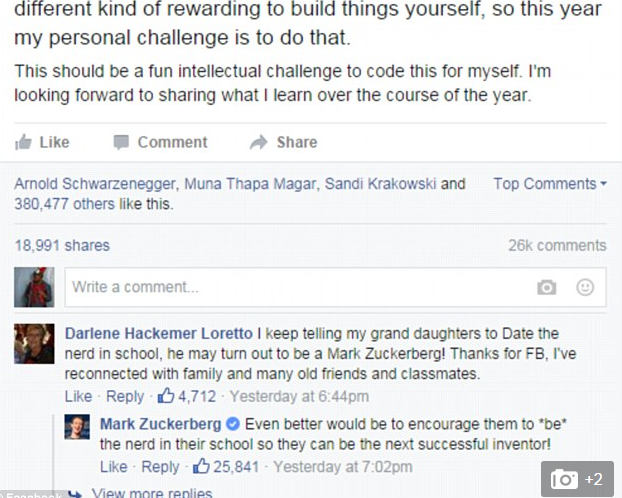This is a follow-up to the post Power, on reading which one of my ex-colleagues send in an email on how women in India are privileged and are beneficiaries of cognitive base of power.
Few of the points that he raised include:
- Equal education opportunities
- More legal rights in marriage
- Equal rights in inheritance
- No social stigma attached to unemployment
- Reservation system
- Benefits for girl child
—
Since the context of these questions is with respect to cognitive powers I will address them accordingly.
First off, I would like to reiterate that cognitive powers are region, culture and individual specific and hence need not always be gender specific. It could be something else entirely – perhaps an individual’s race, sexual orientation etc.
—
Let’s chalk out an rough age progression for genders (NOT limited to the Indian context):
Typically around the age of 3-4 is a child’s first introduction to formal education, and the first introduction to rules and regulations. This marks a starting point in dualistic treatment of girls (sweet) and boys (naughty). The duality is further reinforced in nursery rhymes and school texts and literature.
Georgie Porgie, pudding and pie,
Kissed the girls and made them cry;
Typically around the age of 9, the first signs of physical transformations like the development of breasts start to happen. This is perhaps the first instance when girls are initiated to the concepts of modesty, morality , politeness and necessity to cover up. Most cultures and families do not educate the girls on this expected body transformation, treating it rather as a taboo subject.
Typically around the age of 13, girls start menstruating. This subject is barely discussed openly without shame or stigma.In the Indian context, the stigma is even more.
Some articles on this here, here, here and here .
There should be no stigma attached to a perfectly normal bodily function.
Skip to 4:30 of the below video.
Typically by her early teens, girls would have likely had sexual things said to them by strange men. Men driving by, men in stores, men in malls and out in public. When such uncomfortable instances are shared with adults, the typical reaction is to “educate” the girls on taking a more defensive stance, ignoring perpetrators or worse still a limitation on her rights.
This is not limited to the Indian context.
Also in the teens, the duality in treatment of boys and girls is marked. While boys most likely are subject to cultural norms to assert their strength, independence, and masculinity. This is also toxic and harmful – the pressure to bottle up emotions, never to cry or be visibly upset.
The girls have a vastly different version to this – they will have felt pressure to raise their hands in class less, to talk back less, to play dumb more, to be a little less visible, to dress modestly, to ignore derogatory comments, to spend more time and attention on grooming and beauty.
Girls feel the need to play down their intelligence to not intimidate boys, concludes research by a sociologist who spent three months amongst a class of school children. Research conducted by Dr Maria do Mar Pereira from the University of Warwick’s Department of Sociology, found that boys aged 14 had acquired the belief that girls their age should be less intelligent. Read on this here .
As adults, women are questioned more as dependents and not individuals – during interviews, promotion opportunities and even during personal encounters. While men are pressurized to pursue meaningful careers, and growth and stability. The cultural focus for gentlemen is personal achievements at work and at home while women are pressured into pursuing more dependent roles.
Indian women are never taught how to be independent, and yet this isn’t discussed nearly enough. An article on this here .
Yes, woman are pushing to challenge the norms. Improved education, exposure and increased female workforce means that women are becoming more self aware too. In my opinion, this explains the below graph, when in their late 20’s women feel more powerful and confident with themselves:
Source article can be read here
—
In conclusion, to my ex-colleague who raised this point, I am glad that you facilitated this conversation.
Although, I’m tired of having to explain that these problems exist.
The most effective way to null the negative impact of cognitive bases of power, is to identify, confront and challenge them. The first step of which is to acknowledge that these biases exist.
—
All things are equal, yet they are not.


